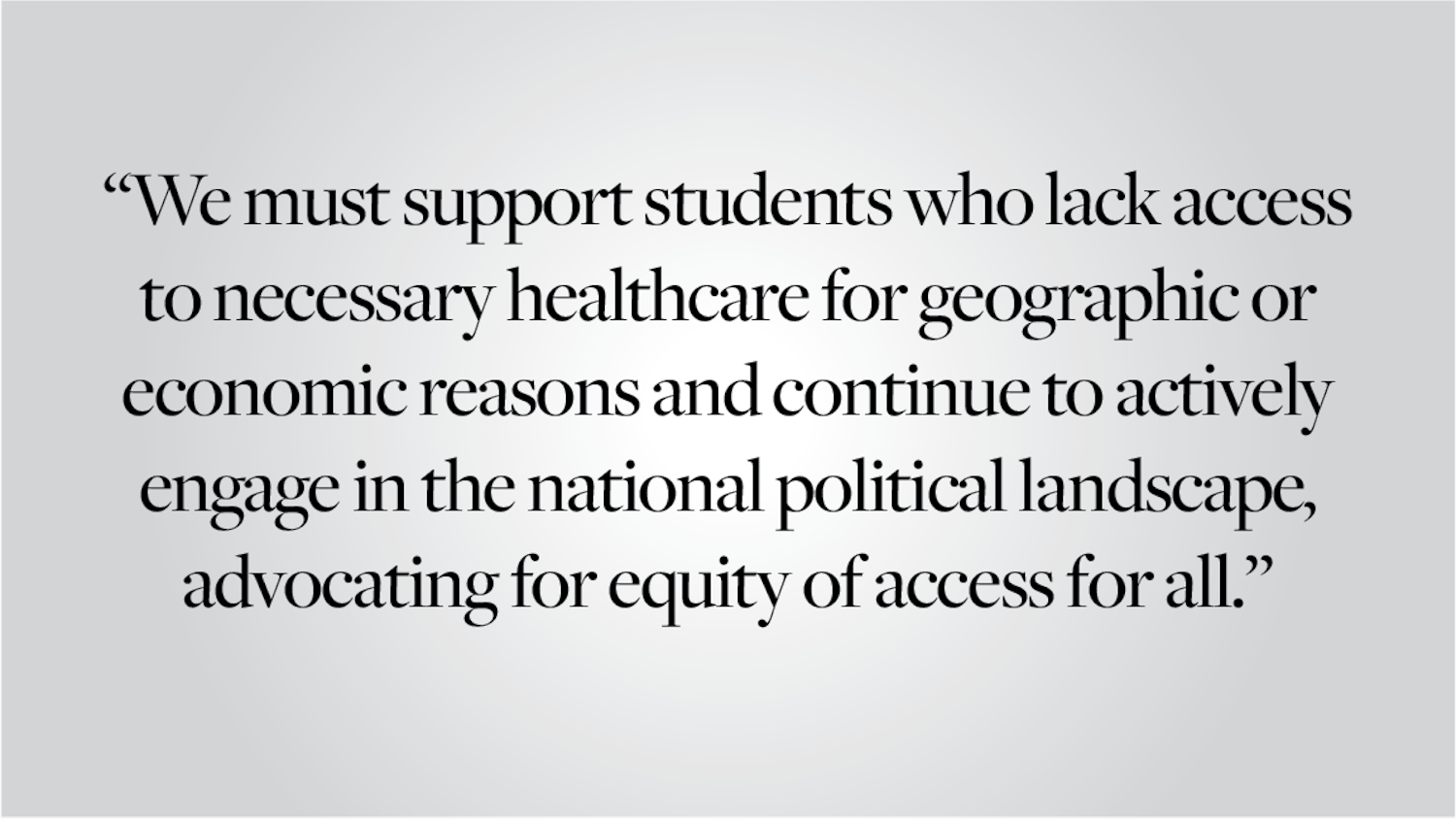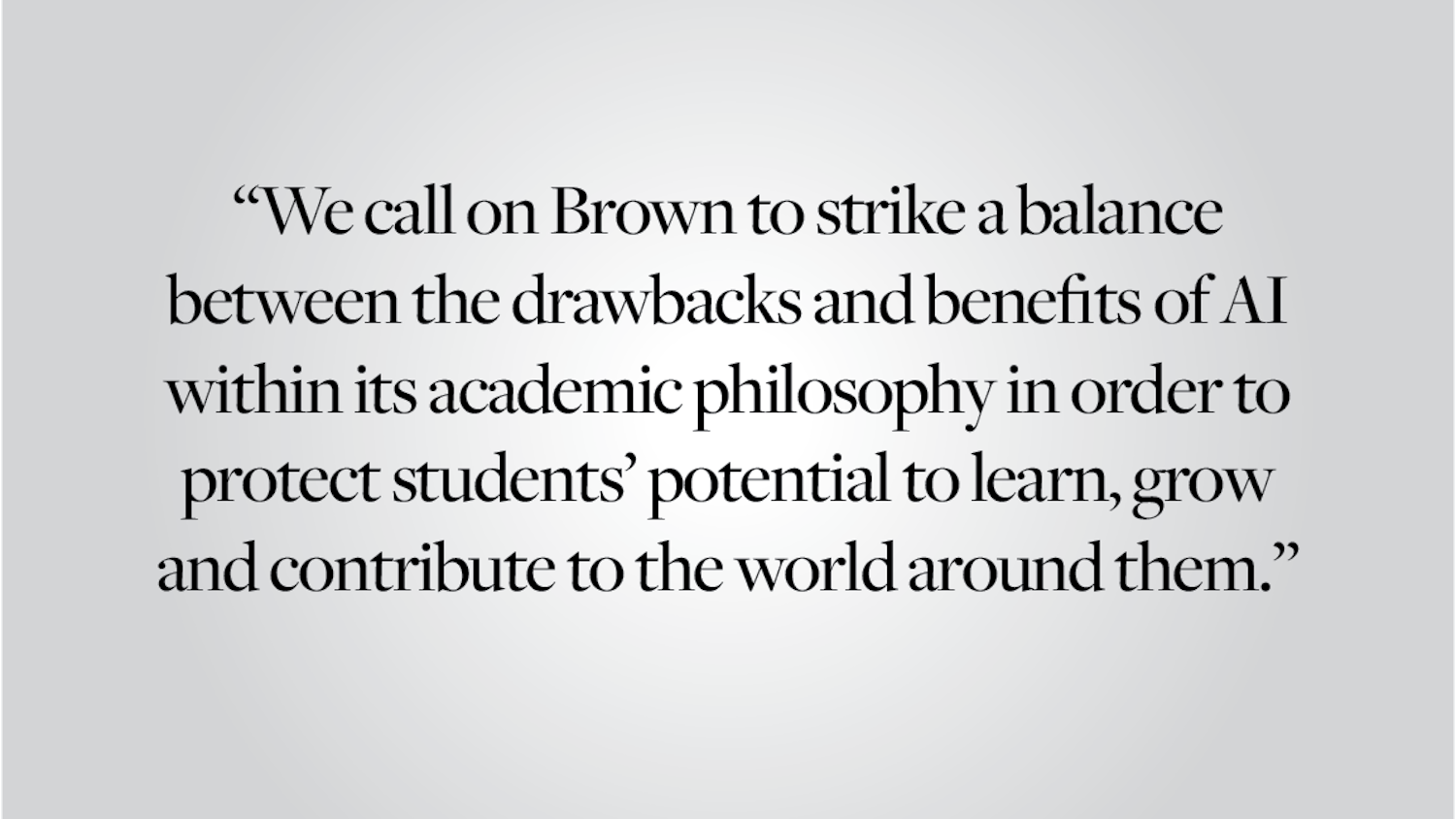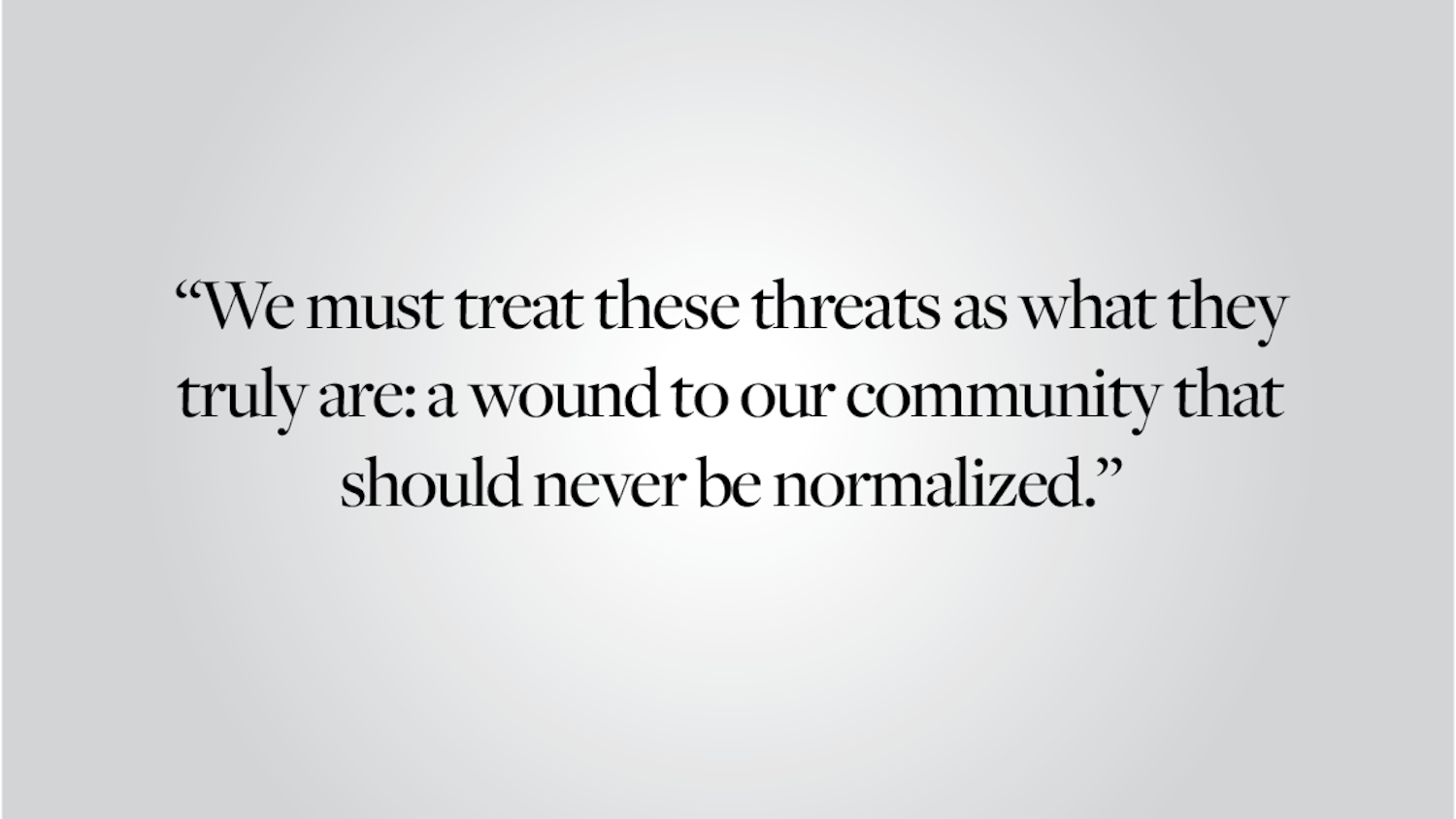As sophomores approach their spring semester, they are expected to reflect on their time at Brown and determine which concentration provides them with the right departmental fit, curriculum and job prospects. Unfortunately, too few departments and concentrations provide students with substantive and centralized information to best help them make that determination. The University’s declaration process is so operationalized and mechanistic that it fails to guide sophomores through the reflective process of making an important life choice, instead asking them to answer a set of isolated essays through the Advising Sidekick website. Ultimately, most students are left to their own devices to develop a method for making such a choice. While this freedom may seem integral to the open curriculum, departments and Departmental Undergraduate Groups should play a stronger role in helping students envision themselves as members of an academic department, rather than anticipating that students will stumble in on their own.
First and foremost, students with different resources, familial obligations and social capital will approach declaring a concentration differently. Institutionally, however, few underclassmen are exposed to what it means to focus in a particular discipline or develop a substantial amount of knowledge in one subject area. The Office of the Dean of the College organizes concentration fairs throughout the year to showcase the many academic options students have, but without extended exposure to an academic department, for most students, declaring is a leap of faith. There is no denying that these leaps are an important part of the college experience, but if the University developed more avenues for exposing students to concentrations or departments, students would make better-informed choices and feel more assured in them.
The University should consider making it compulsory for students to visit at least two faculty members in different fields of study. It should also consider asking peer departments to organize events that indicate how their disciplines fundamentally differ. By hearing the contrasting perspectives, methodologies and assumptions that characterize a particular concentration, students could choose the concentration that best supported their future endeavors.
Administrators could also ask all concentration advisers to work with their DUG to host early information sessions targeted at underclassmen about a concentration. By speaking to students early about required classes and career paths that past concentrators have taken, advisers will help guide individuals to realize whether a certain area of study is the right fit. This would save many students the pain of discovering too late that a concentration was, in fact, not suited to their particular interests. DUGs and departments could do more outreach in classes with high underclassmen enrollment and analyze postgrad data for concentrators to proactively provide students with critical information.
The current sophomore advising path does not foster as much exploration, thought and exposure as it could. If the system were improved, students who would otherwise eventually end up following the same path they assumed they would in high school might discover that these fields were no longer pertinent to their newfound interests. Changes to the current system would help students make these realizations early and allow them to more fully survey the many academic pathways Brown offers.
Editorials are written by The Herald’s editorial page board: its editors, Manuel Contreras ’16 and Meghan Holloway ’16, and its members, Emma Axelrod ’18, Noah Fitzgerel ’17 and Aranshi Kumar ’17. Send comments to editorials@browndailyherald.com.




